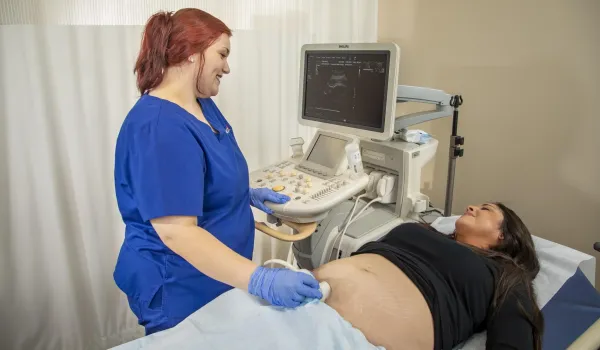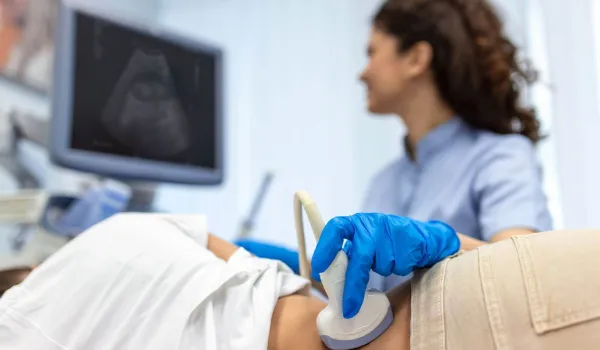
When most people think of radiology, broken bones and X-rays come to mind, but radiology encompasses more than that. Here we will address the various applications of radiology and delve into the history of this science.
History
Radiology is a branch of medicine that uses radiation to scan the human body to create images to be used for detecting diseases and injury. The "rays" used in radiology, particularly in X-rays, were first discovered in 1895 by Professor Wilhelm Conrad Roentgen. This new kind of ray could pass through many materials, including human tissue. These rays cast shadows of the objects passed through, which produced early perspectives on the interior of the human body that we now take for granted as X-rays.
X-rays
An X-ray is actually a kind of radiation called electromagnetic waves that can produce images of the inside of the body and of the human anatomy. These images cast the body in varying degrees of black and white because different tissues absorb different amounts of radiation. The calcium of bones absorbs the most, which is why bones appear so white in X-ray imaging. Besides indicating broken bones, X-rays are used to detect other abnormalities such as spotting pneumonia in the chest or in mammograms to diagnose breast cancer.
CAT scans
A Computerized Axial Tomography (CAT) or CT scan uses X-ray imaging technology and overlaps with traditional electromagnetic wave radiation technology in detection of broken bones and other maladies inside the body. A CAT scan diverges from an X-ray in its ability to provide greater detail of soft tissues and blood vessels. This means CAT scans can be used by radiologists to more accurately diagnose cancer, cardiovascular disease, infectious diseases and other conditions that show up in tissue and blood.
MRIs
Magnetic Resonance Imaging (MRI) is a noninvasive imaging technology that does not use the ionizing radiation of X-ray and CAT scan methods. Instead, it uses a powerful magnetic field, radiofrequency pulses, and a computer to produce images. Like X-rays and CAT scans, MRIs can produce images of soft tissues, bone, organs and all other internal areas of the body.
Lead shielding
Exposure to radiation such as that emitted during an X-ray can be damaging to the human body. Lead is a highly dense material, so it is used to shield patients during X-rays to minimize radiation exposure. Radiology personnel also use lead barriers where they are exposed to radiation.
Lead shields are increasingly being replaced by nonleaded materials that are more environmentally friendly and lighter weight, which is beneficial for medical personnel who can suffer back problems because of wearing lead barriers for long durations.
If you are interested in finding out more about radiology, visit the resources below. If you see yourself supporting critical patient diagnoses and treatments through this exciting area of health care, discover your place in radiology at Concorde!
Interested In How To Become a Radiology Tech?
Click here to explore Radiology Tech Programs near you!
Resources:
www.nde-ed.org/EducationResources/CommunityCollege/Radiography/Introduction/history.htm
www.nlm.nih.gov/medlineplus/xrays.html
www.radiologyinfo.org/en/info.cfm?pg=bodyct
www.radiologyinfo.org/en/info.cfm?pg=bodymr
blog.universalmedicalinc.com/lead-vs-nonlead-radiation-protection-apparel/
Take The Next Step Towards a Brighter Future
Interested in learning more about our Radiologic Technology program?
We have a Concorde representative ready to talk about what matters most to you. Get answers about start dates, curriculum, financial aid, scholarships and more!







